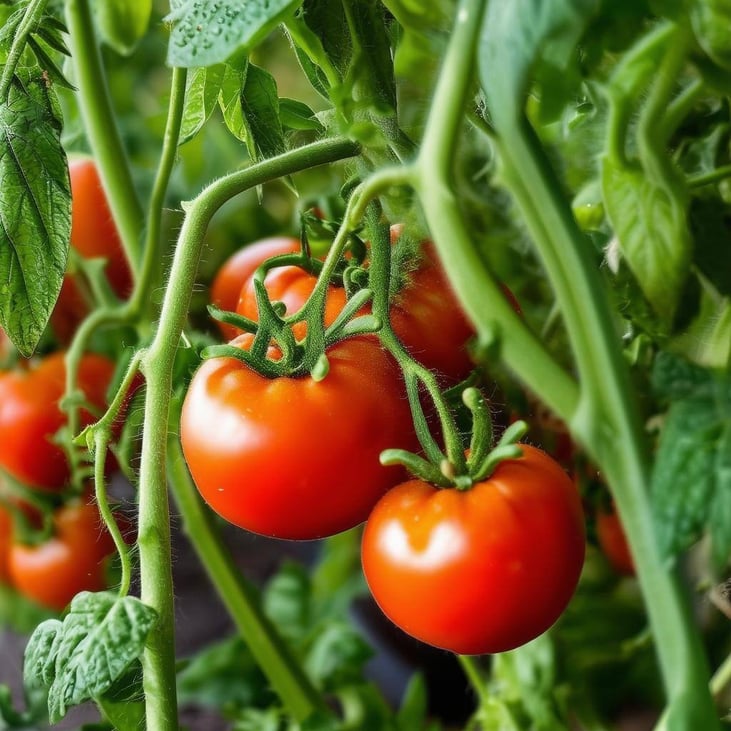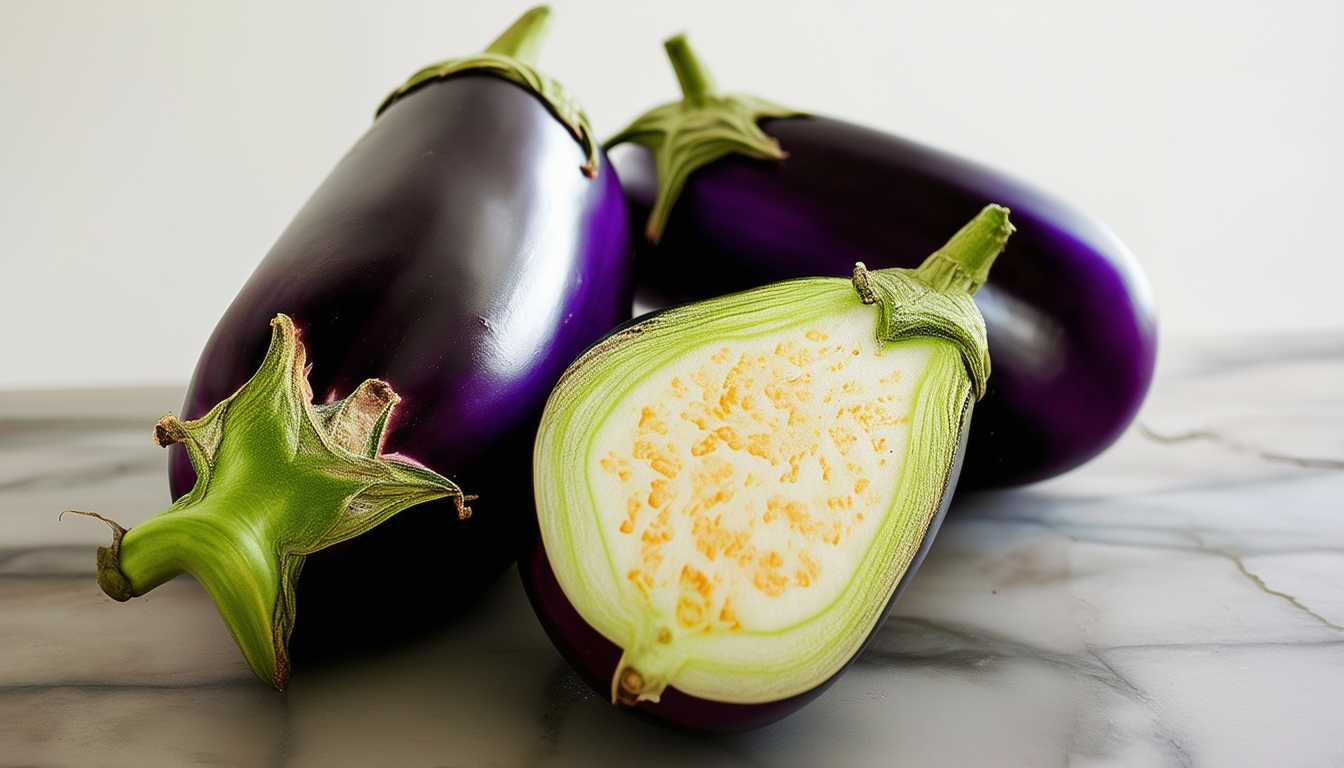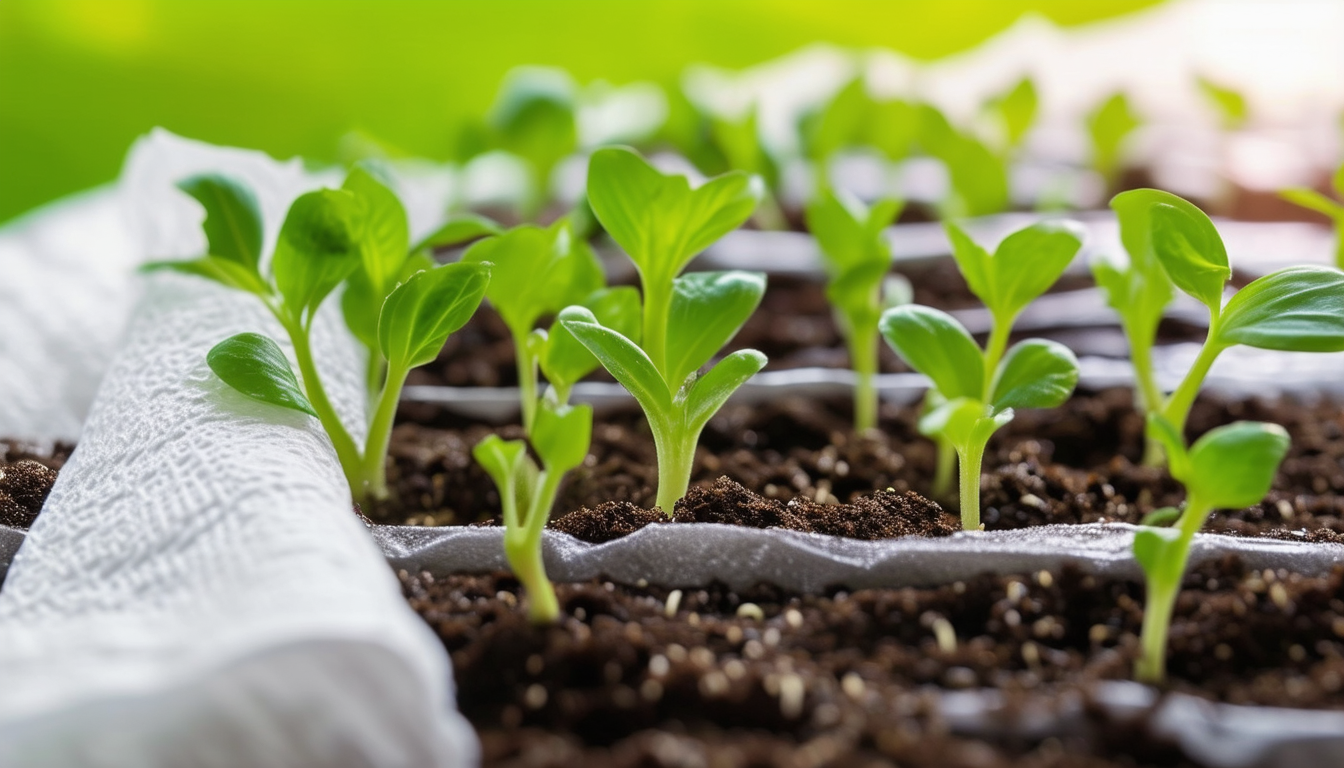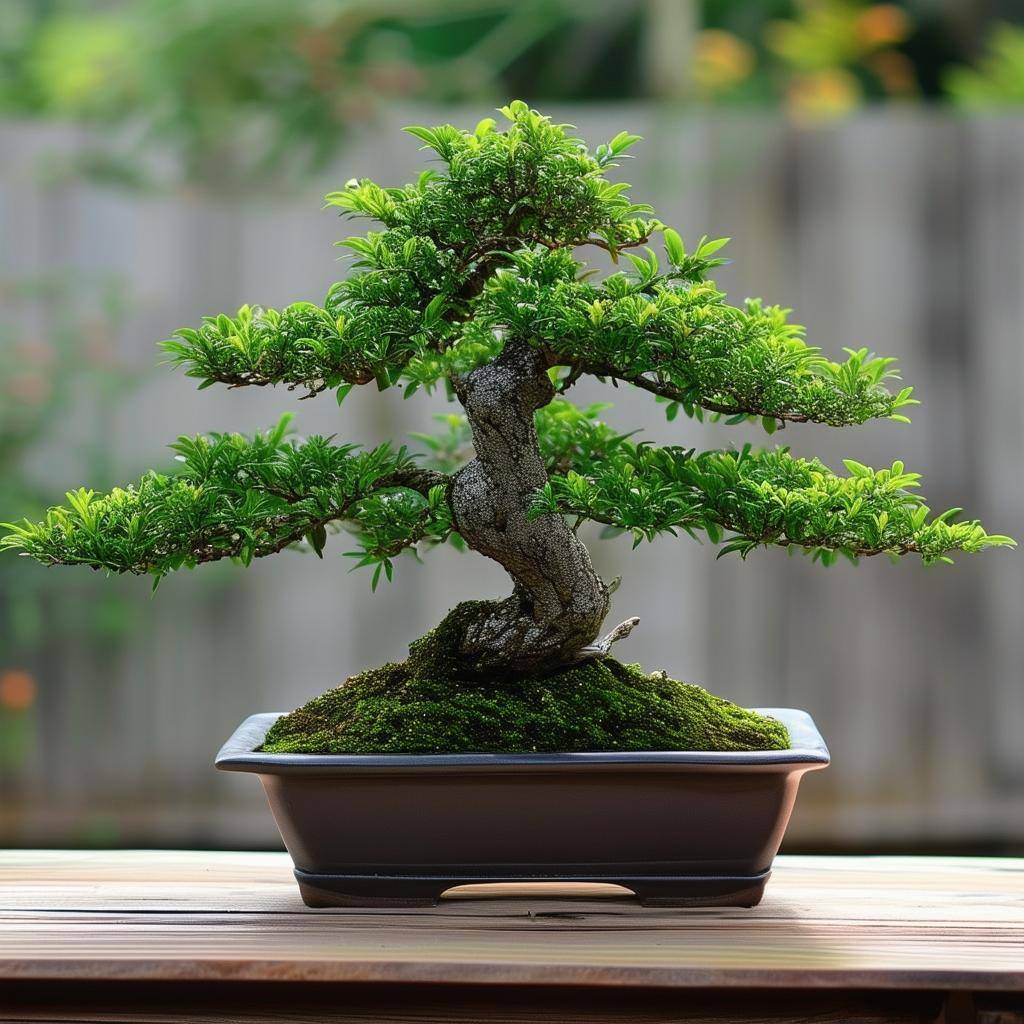
Unlock the secrets to thriving tomato seedlings with expert indoor gardening tips.
Choosing the Right Tomato Seeds for Indoor Growth
When embarking on the journey of indoor tomato gardening, selecting the right seeds is the first crucial step. Heirloom varieties are particularly cherished for their rich flavors and history, while hybrid seeds often offer disease resistance and higher yields. Consider your space, light conditions, and personal taste preferences when making your choice.
For indoor gardening, compact and determinate varieties like 'Tiny Tim' or 'Patio Princess' are excellent choices. These types of tomatoes are bred to thrive in confined spaces, making them perfect for indoor containers.
Optimal Soil and Containers for Tomato Seedlings
Using the right soil is essential for the healthy growth of tomato seedlings. A high-quality, well-draining potting mix enriched with organic matter is ideal. Avoid garden soil, as it can be too dense and may harbor pests or diseases.
When it comes to containers, ensure they have adequate drainage holes to prevent waterlogging. Seedling trays or small pots are perfect for starting seeds. As your seedlings grow, they can be transplanted into larger containers, typically 12-18 inches in diameter, to provide ample room for root development.
Lighting Essentials: How to Ensure Adequate Light for Your Seedlings
Tomato seedlings require plenty of light to grow strong and healthy. If natural sunlight is limited, consider using grow lights to supplement. Place your seedlings under fluorescent lights for 14-16 hours a day, keeping the lights about 2-3 inches above the plants to mimic natural sunlight.
LED grow lights are another excellent option, as they are energy-efficient and provide the full spectrum of light needed for photosynthesis. Adjust the height of the lights as the seedlings grow, ensuring they receive consistent and adequate illumination.
Watering and Humidity: Balancing Moisture for Healthy Growth
Maintaining the right balance of moisture is key to preventing diseases like damping-off, which can devastate young seedlings. Water your tomato seedlings when the top inch of soil feels dry to the touch. Use a gentle spray or a watering can with a fine spout to avoid displacing the delicate roots.
Humidity is also important for young seedlings. If your indoor environment is dry, consider using a humidity dome or placing a tray of water near the seedlings to increase humidity levels. This will help prevent the seedlings from drying out and encourage steady growth.
Transplanting Tips: Moving Your Seedlings Outdoors
As your tomato seedlings grow and the threat of frost passes, it's time to start thinking about transplanting them outdoors. Begin by hardening off your seedlings, gradually exposing them to outdoor conditions over a period of 7-10 days. Start with a few hours of shade and gradually increase their time in the sun.
Choose a sunny spot with well-draining soil for transplanting. Dig a hole deep enough to bury the seedling up to its first set of true leaves. This encourages a strong root system. Water the seedlings well after transplanting and continue to monitor their growth, providing support as needed with stakes or cages.
FAQ
How long does it take for tomatoes to start to grow from seed?
Tomatoes typically take about 5 to 10 days to germinate from seed, depending on the variety and growing conditions. Once germinated, you can expect to see the first true leaves within two weeks. From there, the seedlings will continue to grow and develop, reaching a transplantable size in about 6 to 8 weeks.
How long does it take tomatoes to germinate indoors?
When growing tomatoes indoors, germination usually occurs within 5 to 10 days if the seeds are kept in a warm environment, ideally between 70-80°F (21-27°C). Providing consistent warmth and moisture will help ensure a successful germination process.
How many tomato seeds per hole?
It's generally recommended to plant 2 to 3 tomato seeds per hole. This increases the likelihood of successful germination. Once the seedlings have sprouted and developed their first true leaves, you can thin them out, leaving the strongest seedling to continue growing.
When to plant tomato seeds in the US?
In the US, the best time to plant tomato seeds indoors is about 6 to 8 weeks before the last expected frost date in your area. This allows the seedlings to be ready for transplanting outdoors once the weather is warm enough.
What month is best to plant tomato seeds?
The ideal month to plant tomato seeds varies depending on your location. In general, late winter to early spring is the best time to start seeds indoors, typically from February to April. This timing ensures that the seedlings are ready to be moved outdoors after the last frost.
What's the quickest vegetable to grow?
Radishes are among the quickest vegetables to grow, often ready to harvest in just 3 to 4 weeks from planting. They are an excellent choice for gardeners looking for a fast-growing crop.
How to speed up tomato seed germination?
To speed up tomato seed germination, you can soak the seeds in warm water for a few hours before planting. Additionally, maintaining a warm soil temperature of around 70-80°F (21-27°C) and ensuring consistent moisture will help accelerate the germination process.
Do tomato seeds need darkness to germinate?
Tomato seeds do not require darkness to germinate. However, they do need warmth and moisture. Once the seeds are planted, covering them lightly with soil will provide the necessary conditions for germination.
Should I soak tomato seeds before planting?
Soaking tomato seeds before planting can help soften the seed coat and speed up germination. Soak the seeds in warm water for a few hours or overnight before planting them in soil.
How many tomatoes do you usually get from one plant?
The number of tomatoes produced by a single plant can vary widely depending on the variety and growing conditions. On average, a healthy tomato plant can yield between 10 to 30 pounds of tomatoes over the growing season.
Are tomatoes hard to grow from seed?
Tomatoes are relatively easy to grow from seed, especially with the right conditions. They require warmth, light, and consistent moisture to thrive. With proper care, even novice gardeners can successfully grow tomatoes from seed.
How to grow tomatoes indoors?
To grow tomatoes indoors, start by selecting a compact variety suitable for container growth. Use a high-quality potting mix and provide ample light, either from a sunny window or grow lights. Maintain consistent watering and humidity levels, and ensure the plants have adequate support as they grow.
What is the best time of day to plant tomatoes?
The best time of day to plant tomatoes is in the early morning or late afternoon when the sun is not at its peak. This helps reduce transplant shock and allows the plants to acclimate to their new environment.
How tall do tomato plants grow?
The height of tomato plants can vary significantly depending on the variety. Determinate varieties typically grow to about 3 to 4 feet tall, while indeterminate varieties can reach heights of 6 to 10 feet or more with proper support.
When should I start feeding my tomato plants?
Begin feeding your tomato plants once they have developed their first set of true leaves. Use a balanced fertilizer or one specifically formulated for tomatoes, and follow the recommended feeding schedule for optimal growth.
Do tomato seeds need to be covered with soil?
Yes, tomato seeds should be covered with a thin layer of soil, about 1/4 inch deep. This helps maintain moisture and provides the darkness needed for germination.
Which seeds should not be soaked?
Seeds with very small or delicate seed coats, such as lettuce or carrots, should not be soaked as they can become too waterlogged and may not germinate properly.
What makes tomato seeds grow faster?
Providing optimal conditions such as warm temperatures, consistent moisture, and good air circulation can help tomato seeds grow faster. Pre-soaking the seeds and using a seed-starting mix can also promote quicker germination.
What stunts tomato plant growth?
Several factors can stunt tomato plant growth, including inadequate light, poor soil quality, inconsistent watering, and pest or disease issues. Ensuring proper care and addressing any problems promptly can help prevent stunted growth.
Why are my tomato seeds taking so long to germinate?
Tomato seeds may take longer to germinate if the soil temperature is too low, if they are planted too deeply, or if they are not receiving enough moisture. Adjusting these conditions can help speed up germination.
What fertilizer is good for tomatoes?
A balanced fertilizer with a higher phosphorus content, such as a 5-10-5 or 10-10-10 blend, is good for tomatoes. This supports healthy root development and fruit production.
Is tomato feed good for tomatoes?
Yes, tomato feed is specifically formulated to provide the nutrients tomatoes need for optimal growth and fruiting. It typically contains a balanced mix of nitrogen, phosphorus, and potassium.
What does Epsom salt do for tomatoes?
Epsom salt provides magnesium, which is essential for chlorophyll production and overall plant health. It can help improve the color and flavor of tomatoes and prevent blossom end rot.
Is blood and bone good for tomatoes?
Blood and bone meal is a good organic fertilizer for tomatoes, providing a slow-release source of nitrogen and phosphorus. It supports healthy growth and fruit development when used as part of a balanced fertilization plan.



